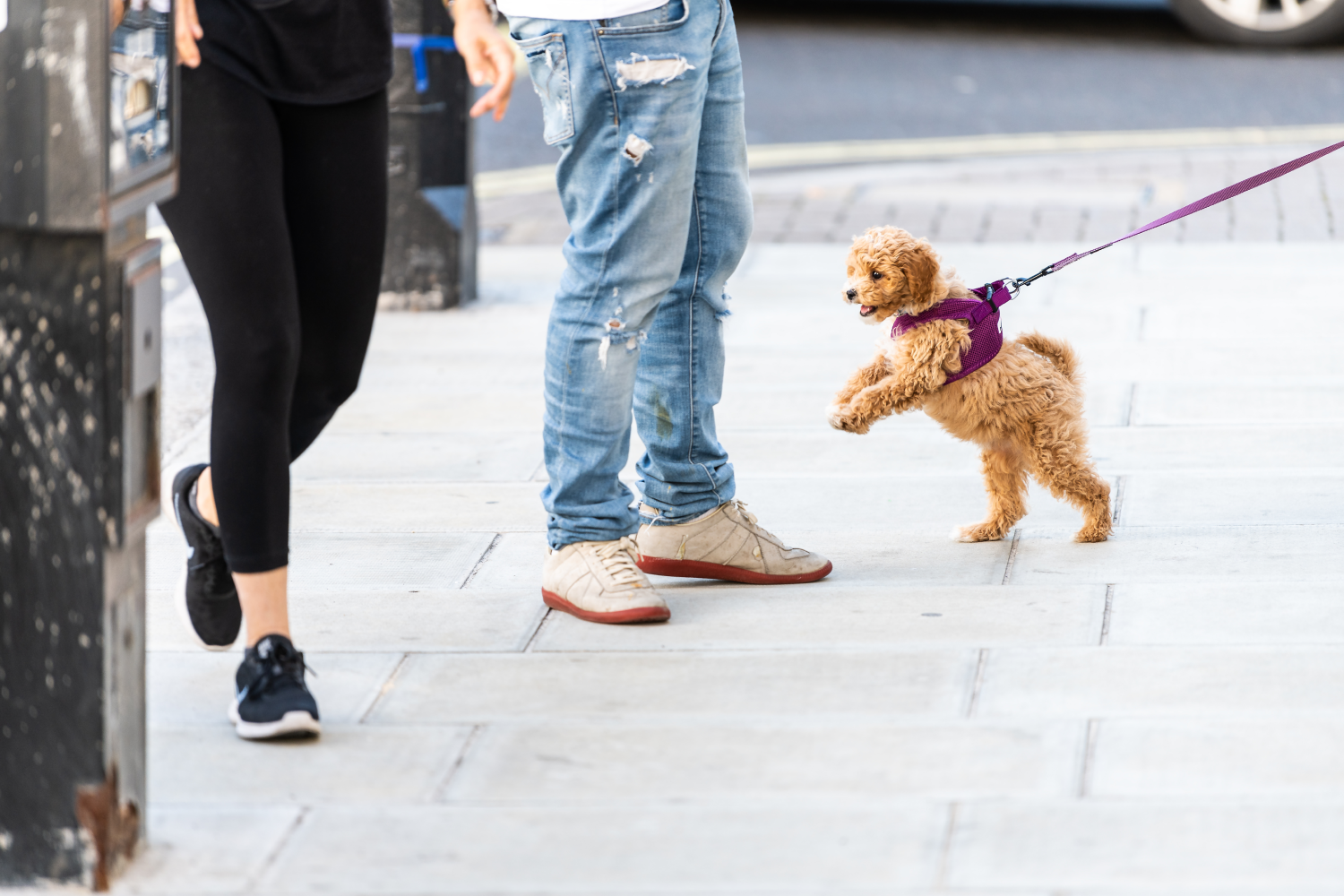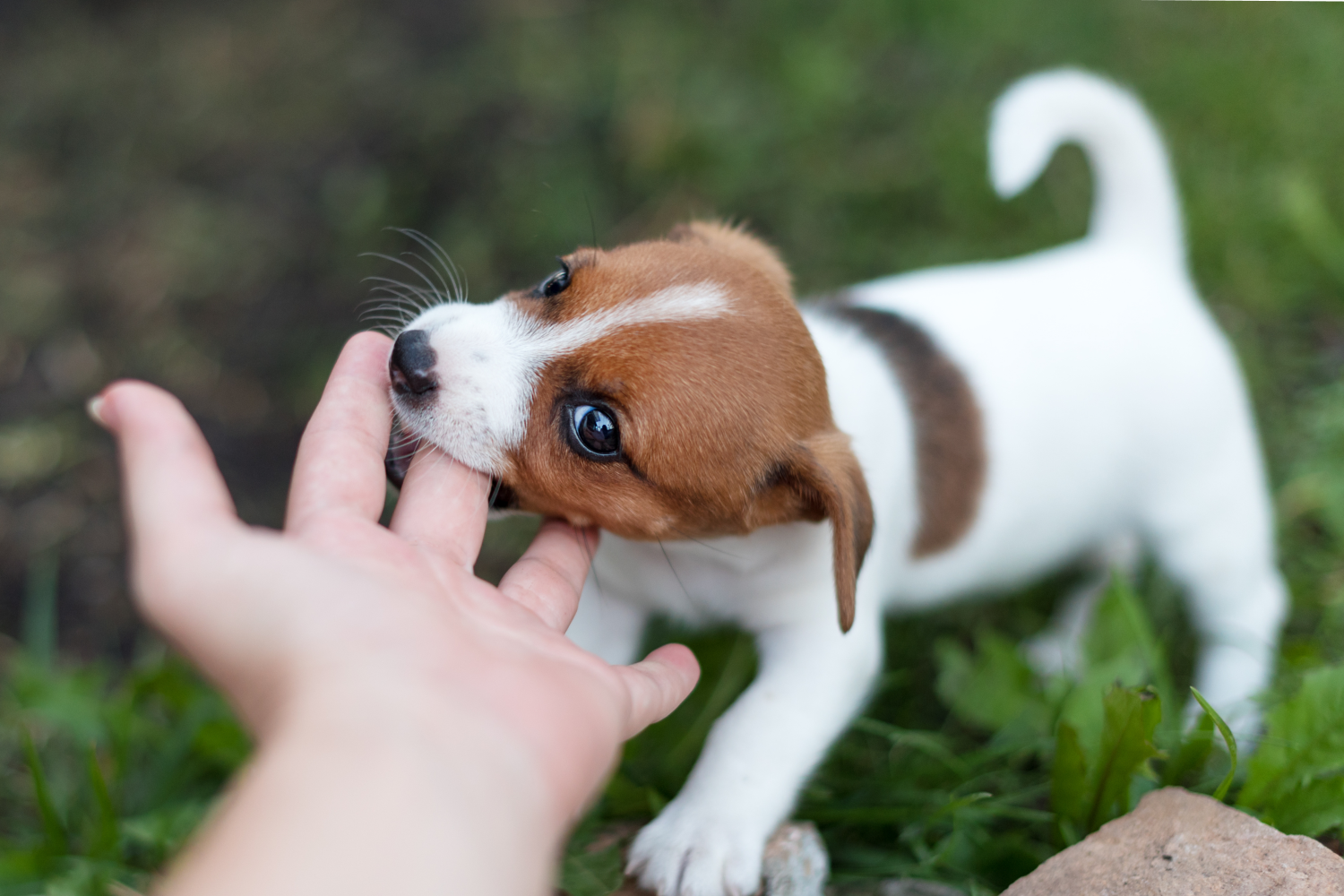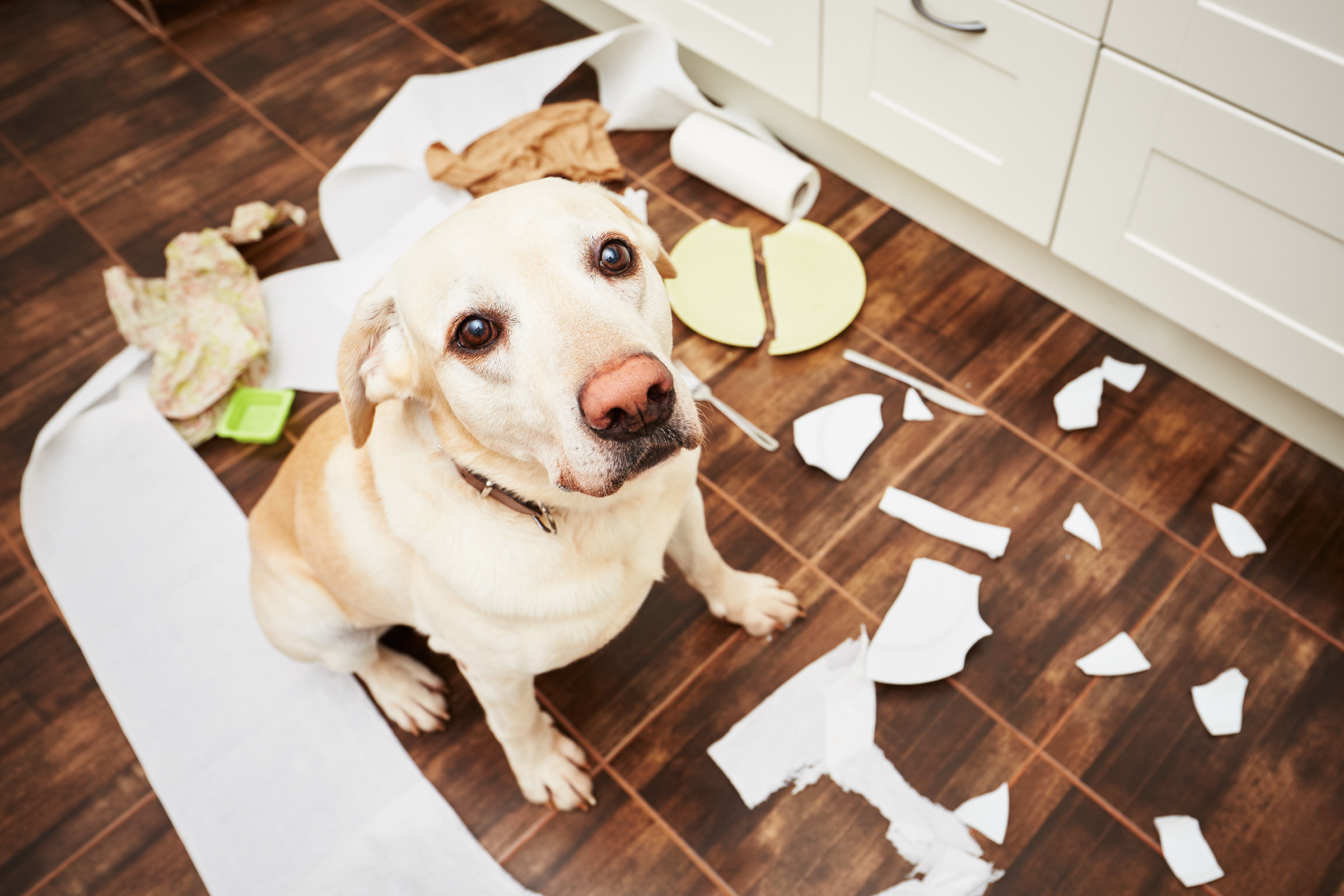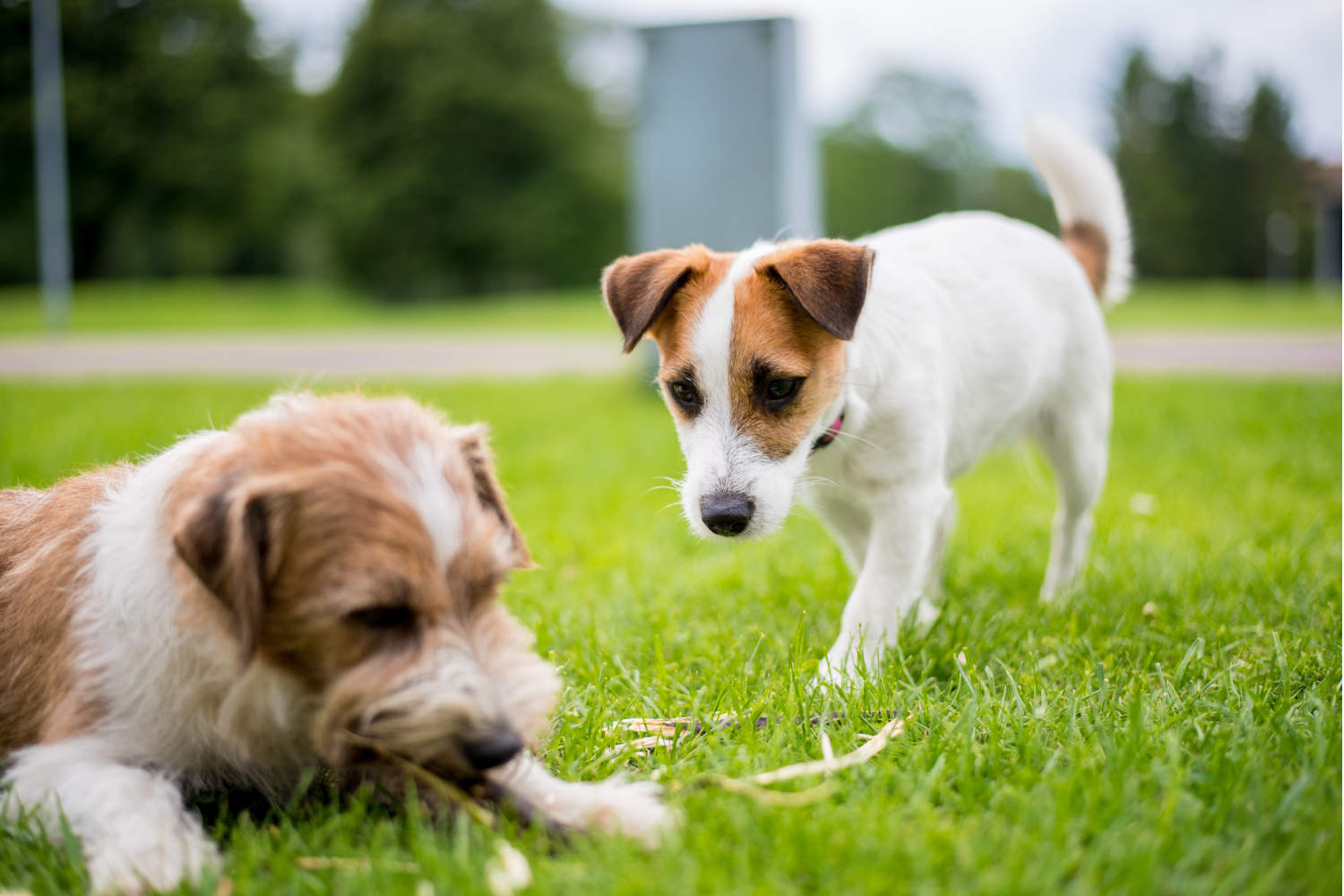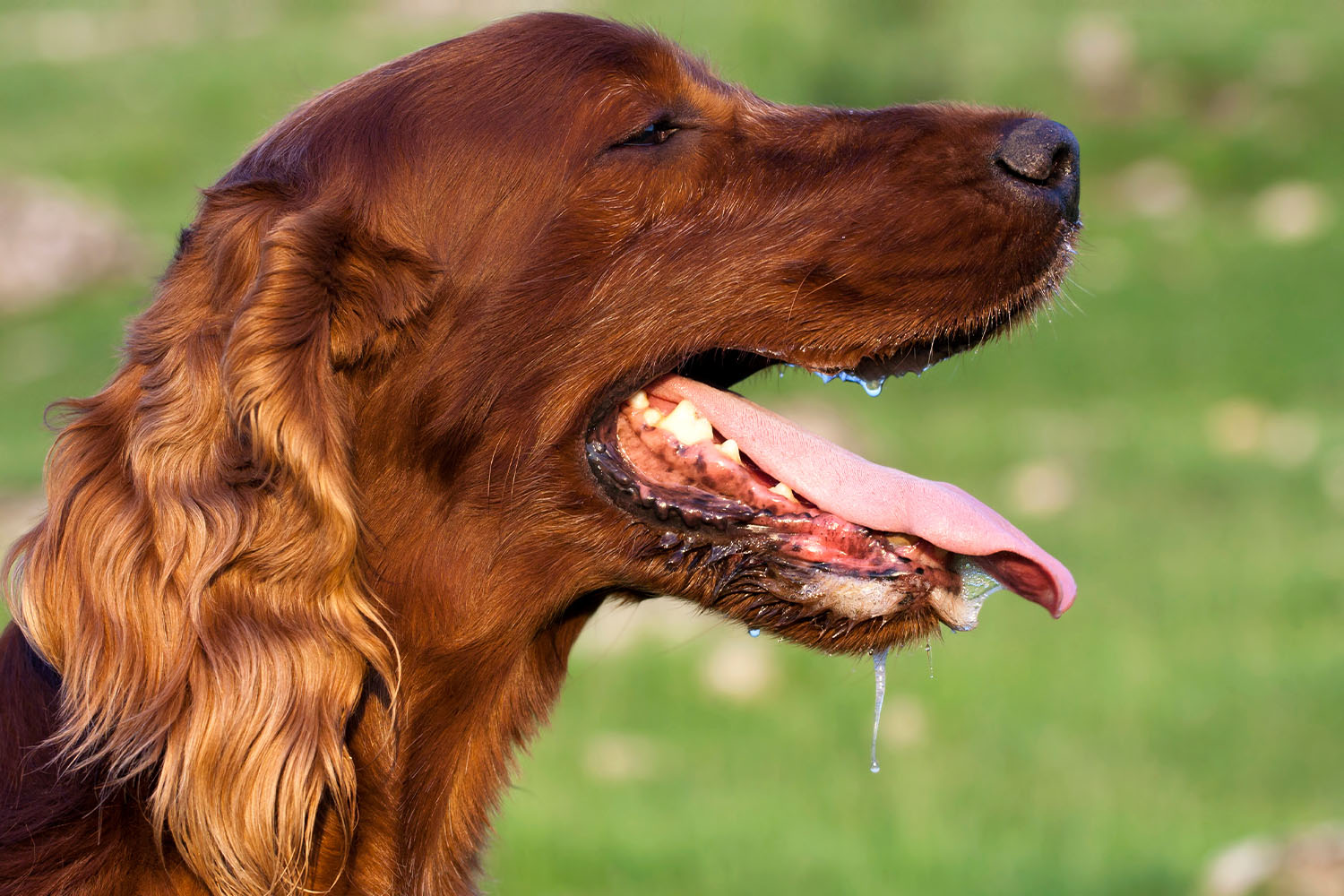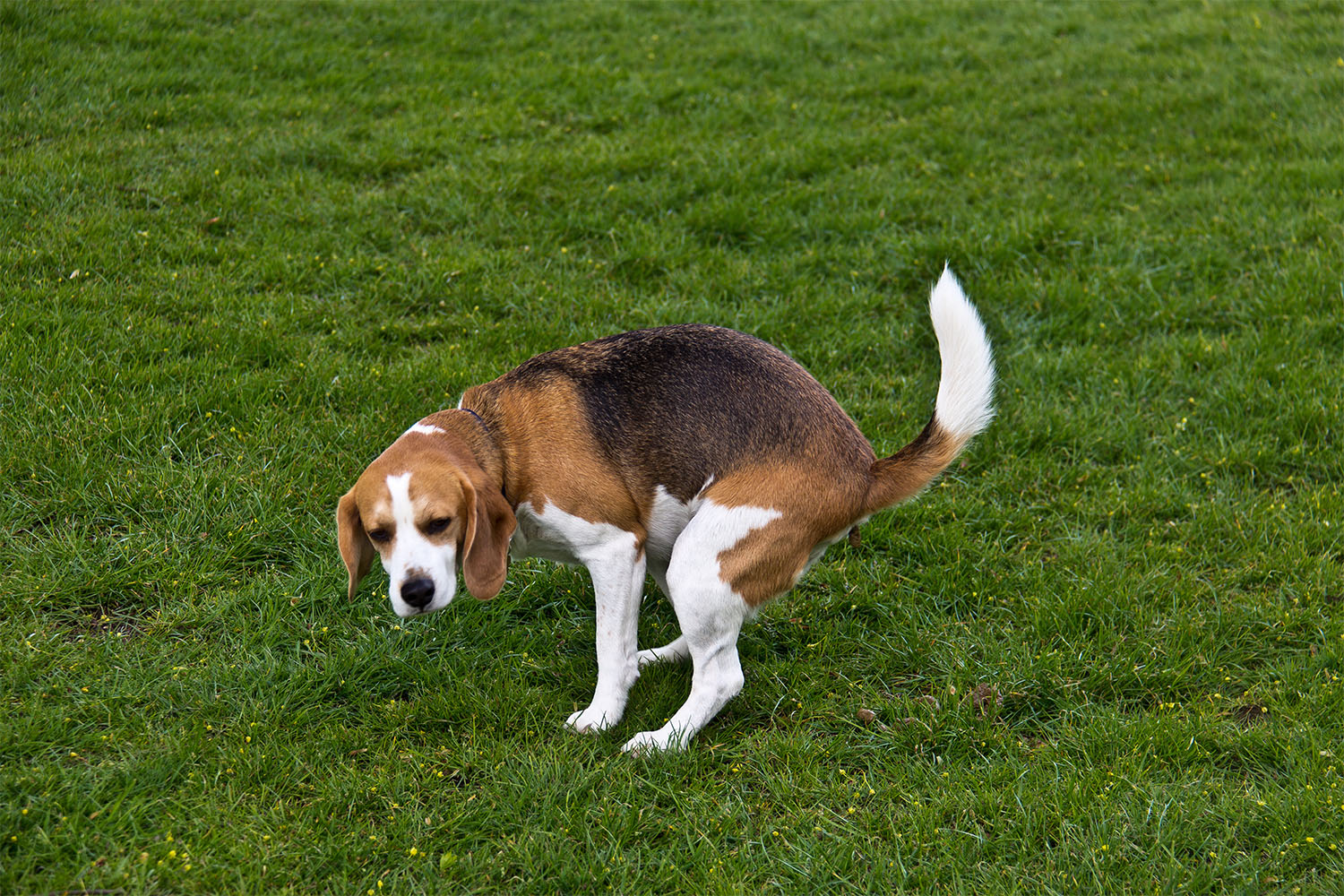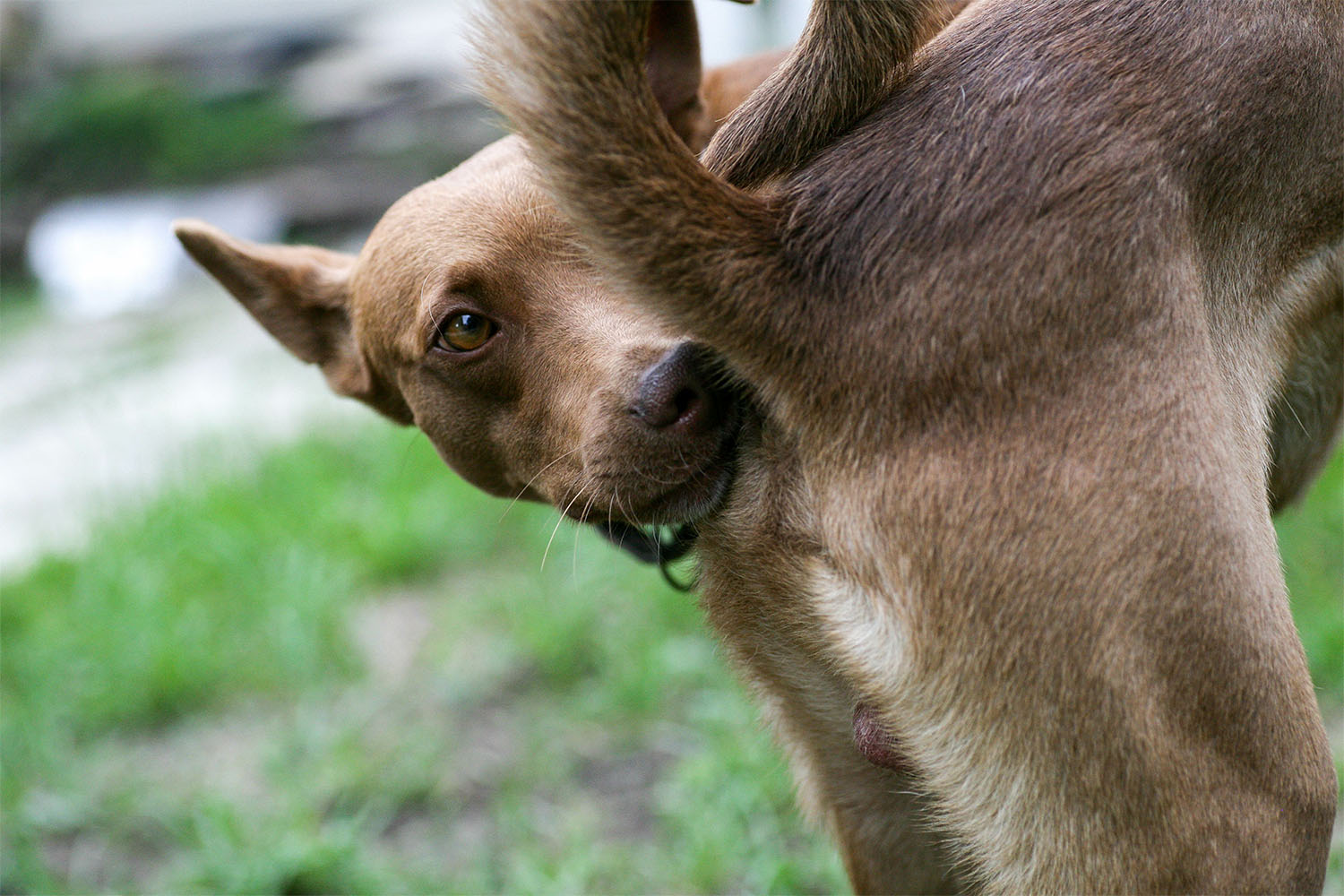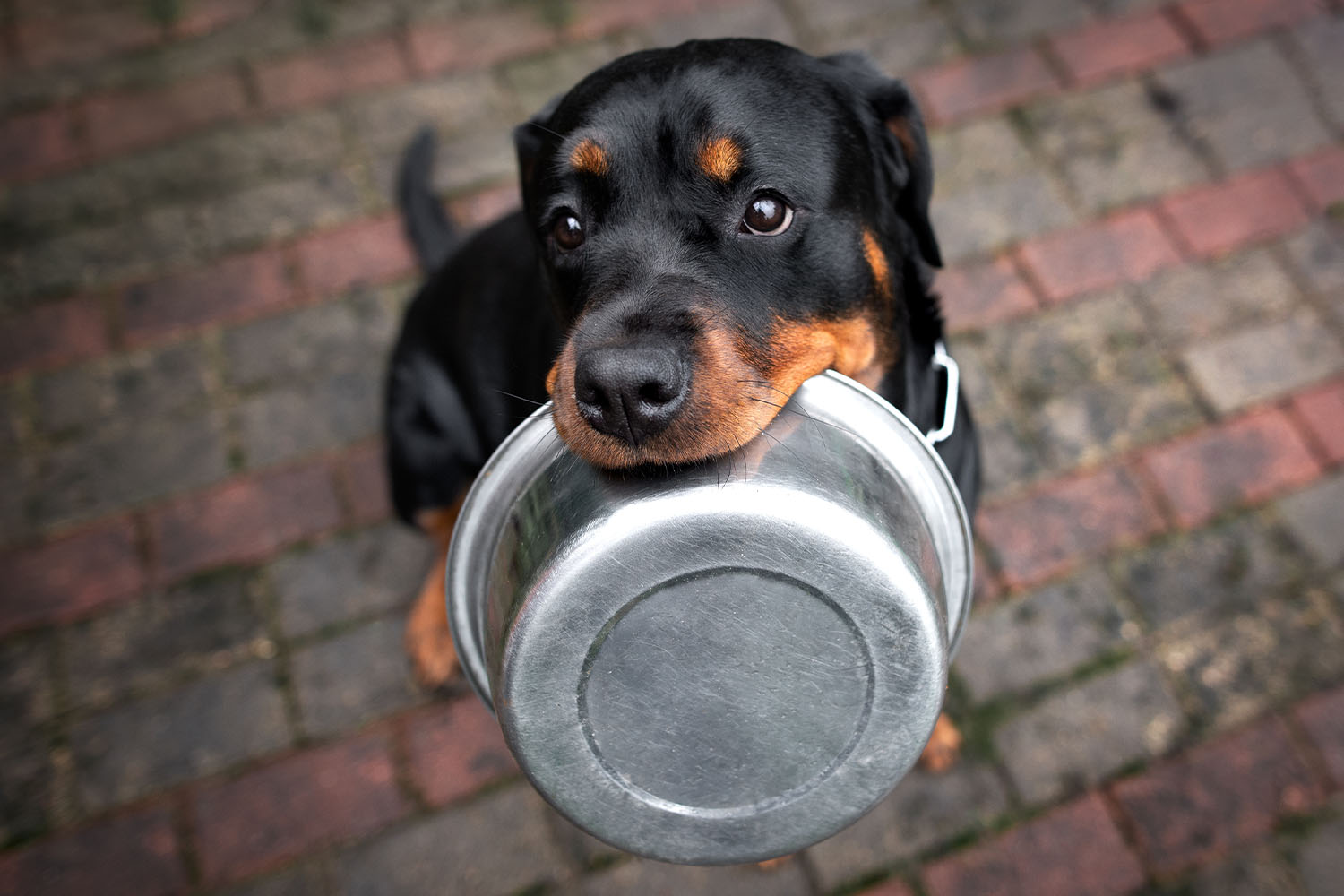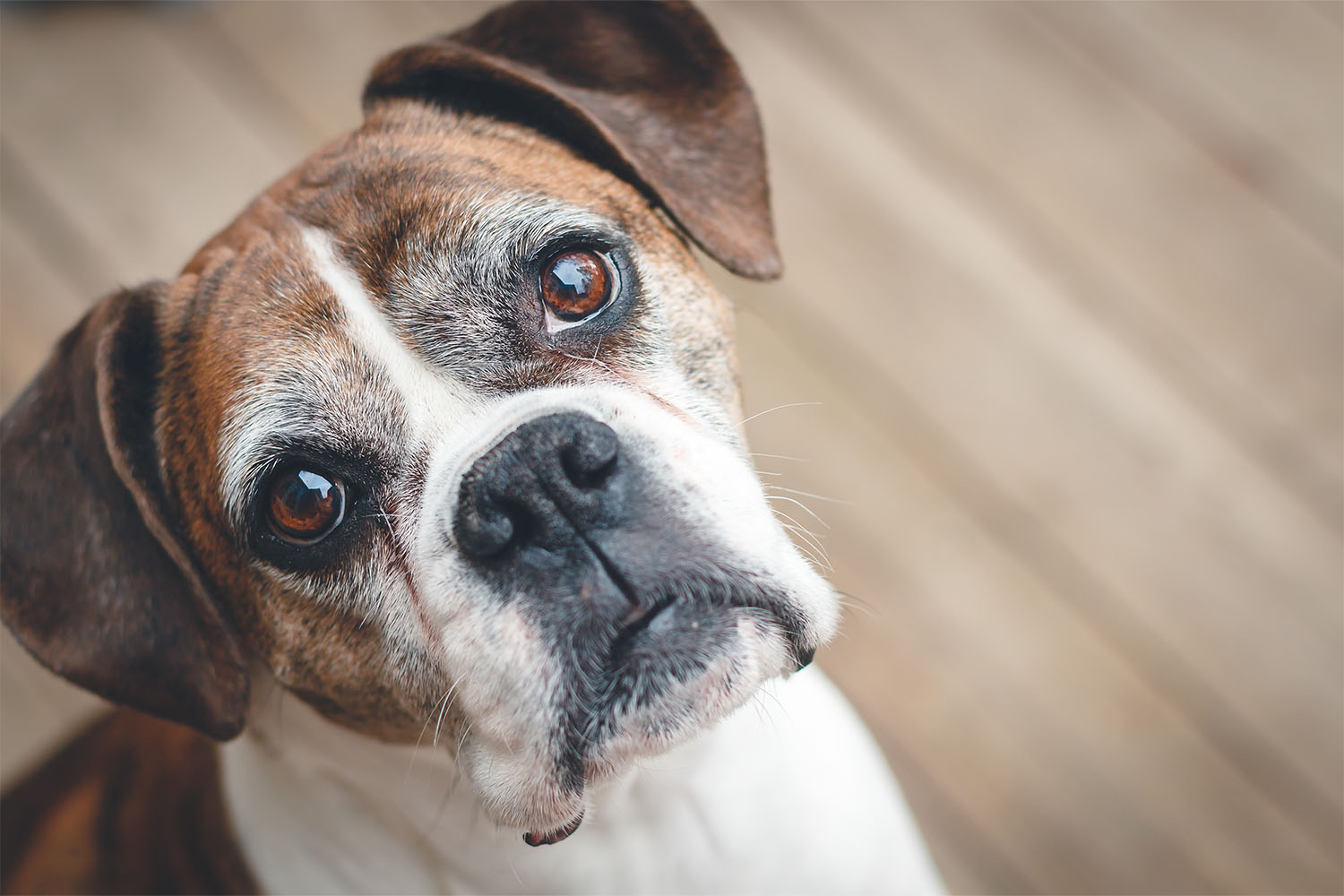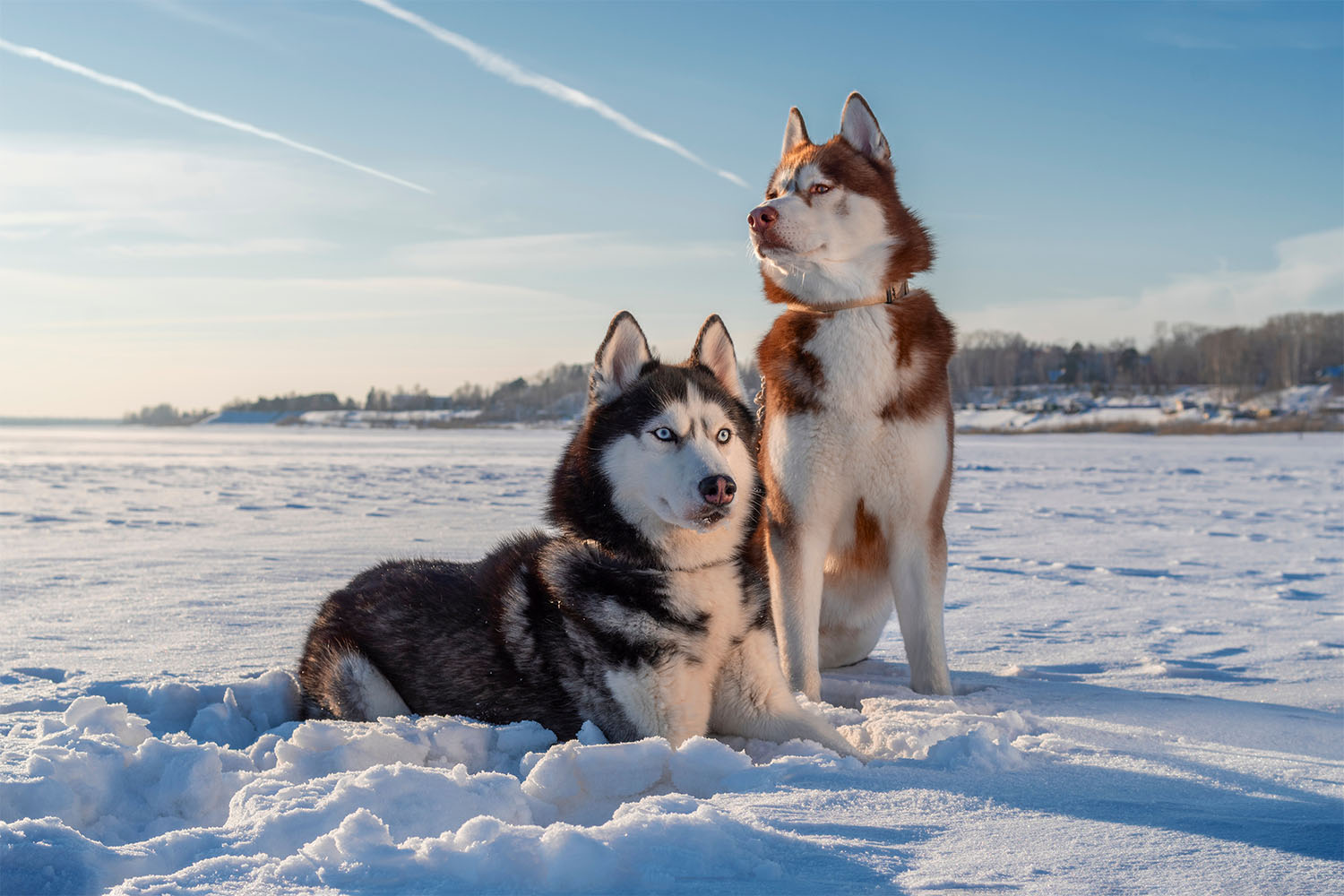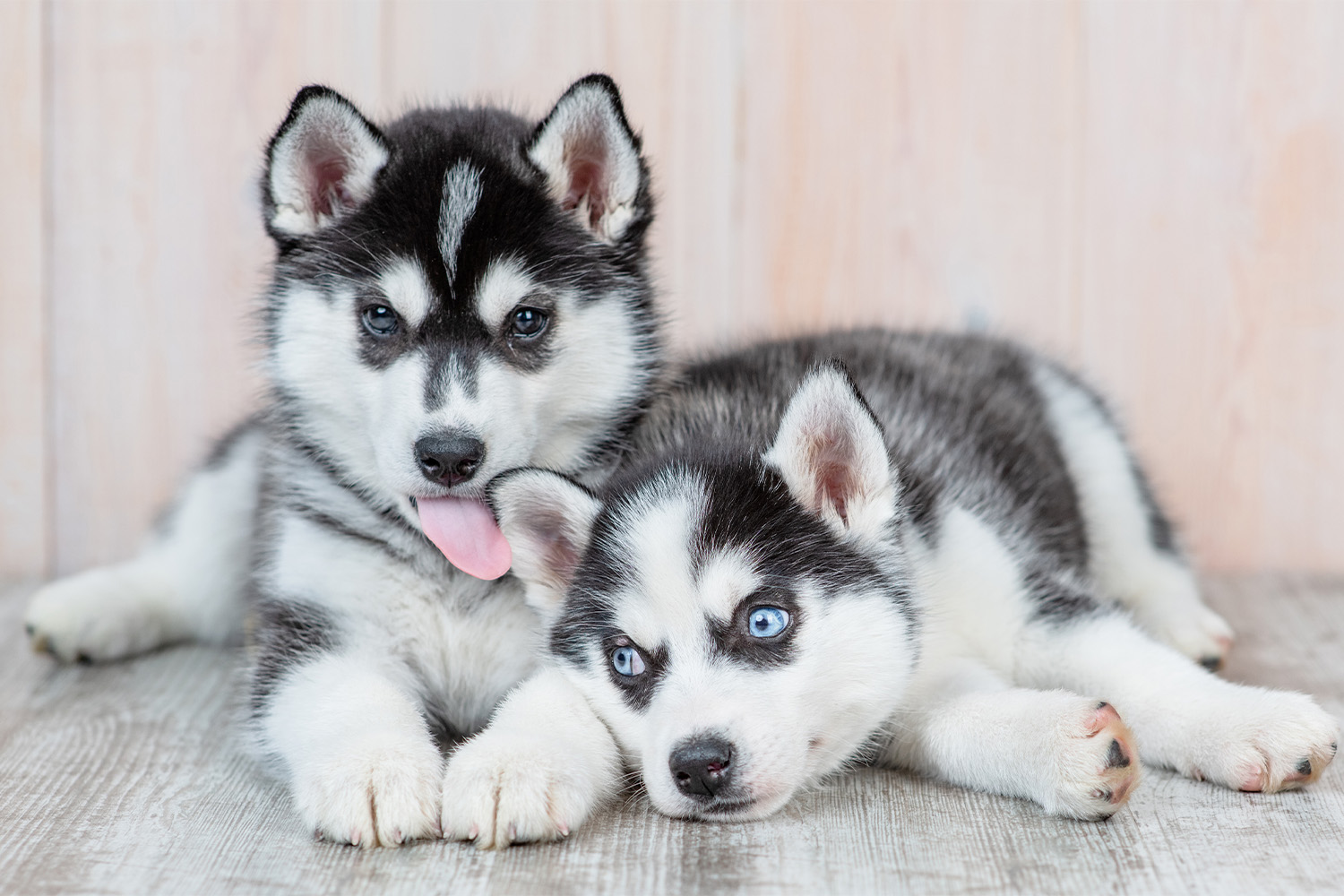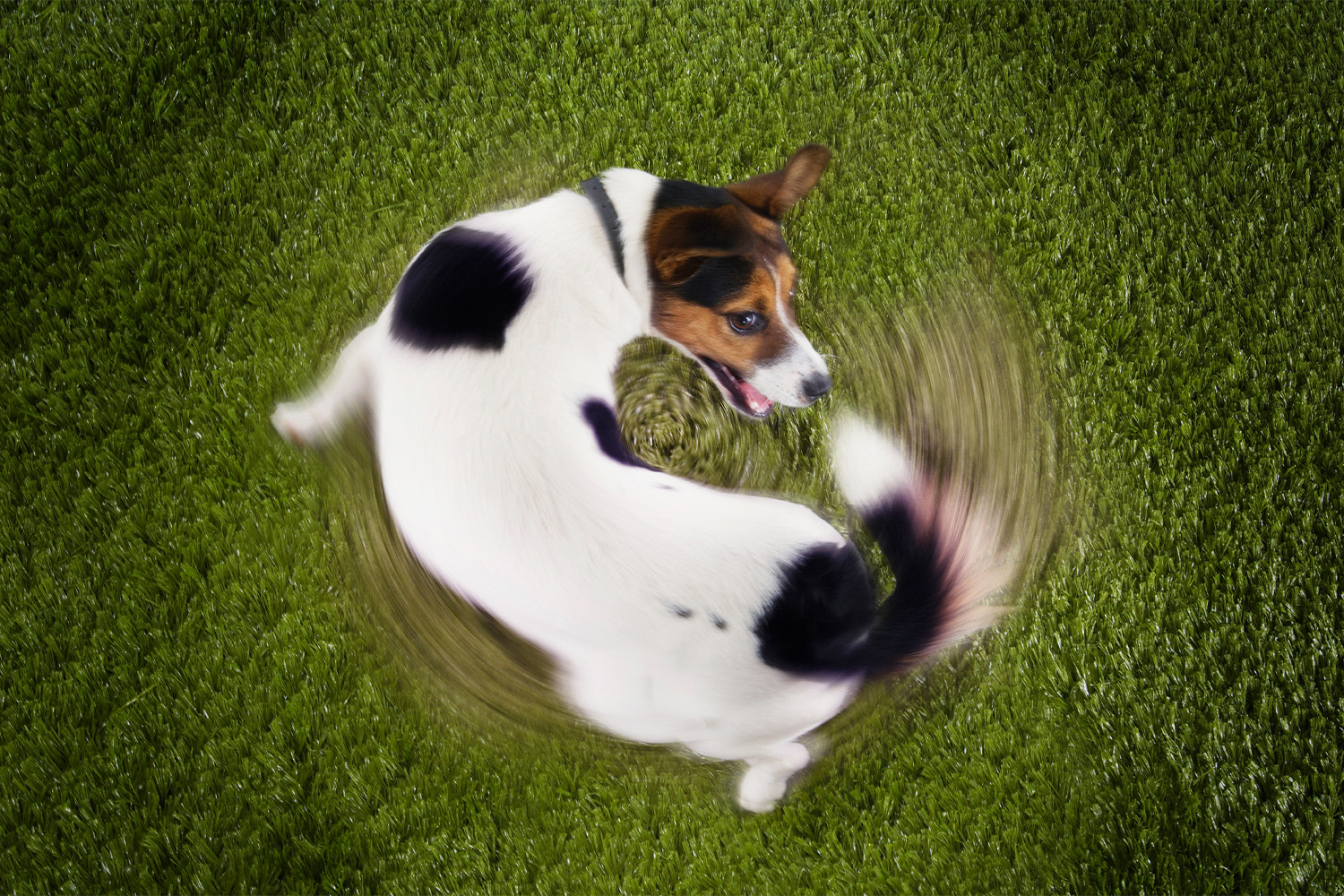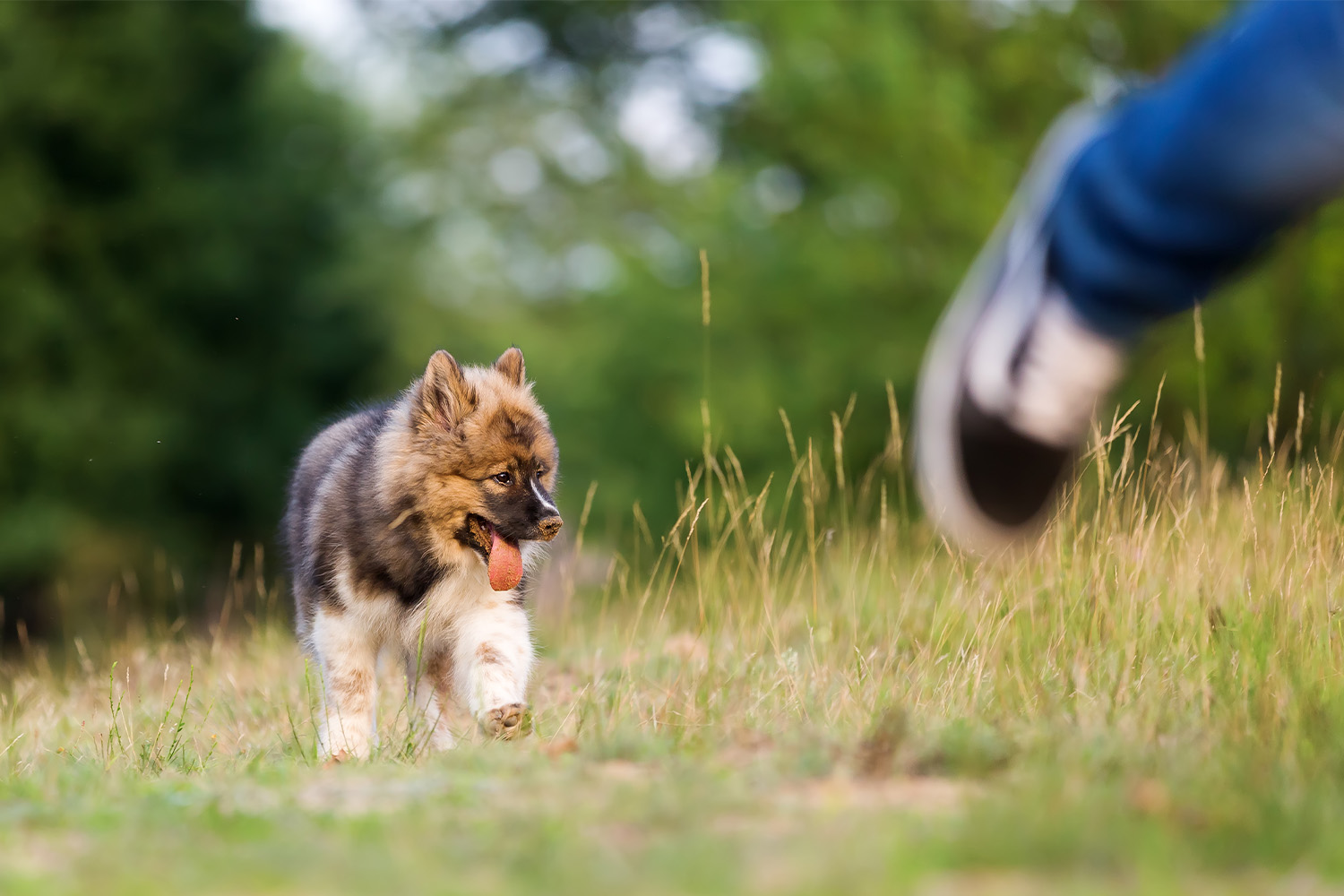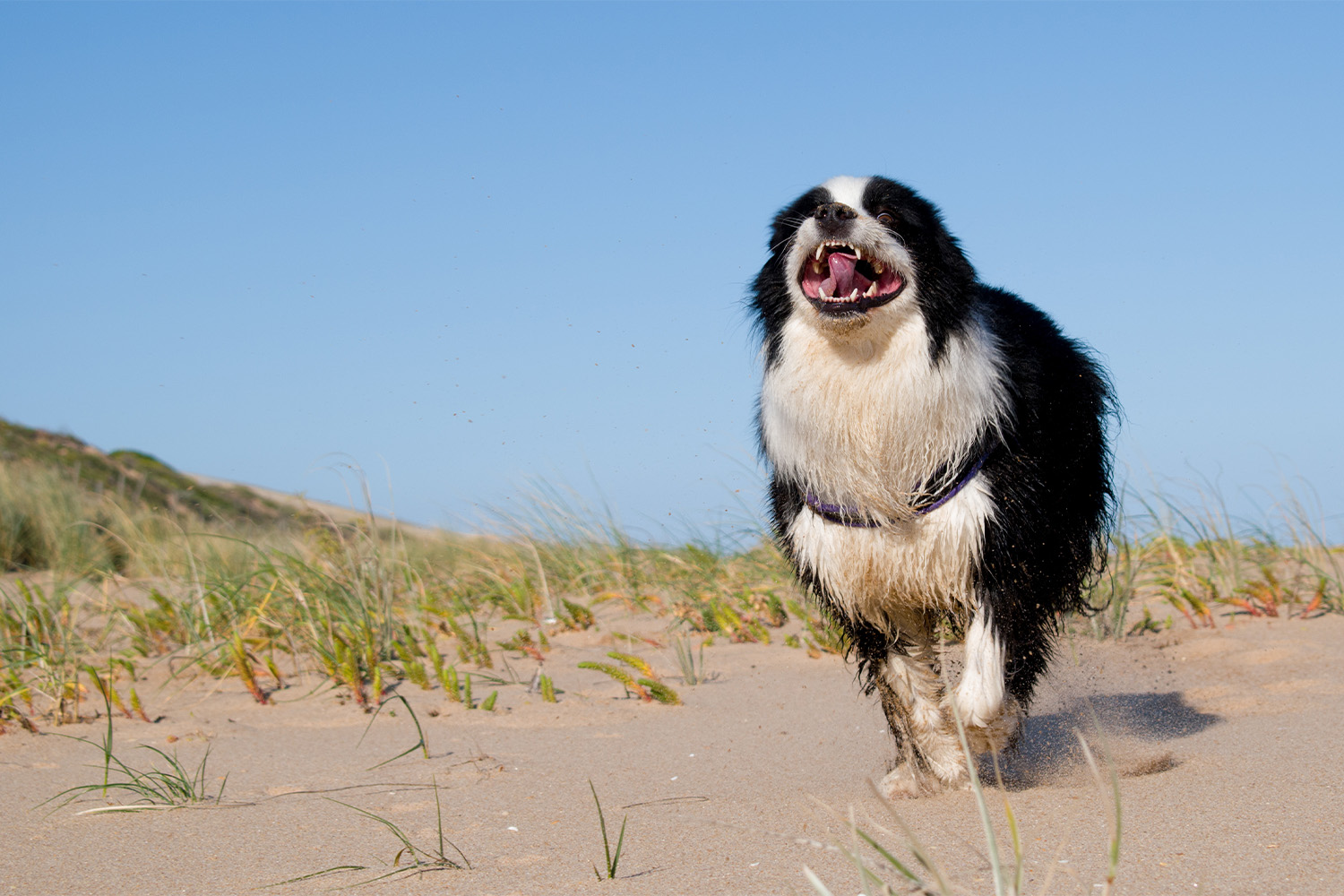The allure of the majestic yet goofy Siberian husky is hard to beat. Not only are these pups from Siberia beautiful dogs, but they are smart, active, and extremely lovable. Husky lovers know just how much of a handful their pup can be, yet once you have a husky, it is hard to adopt any other kind of dog. Once you become a husky parent, you truly are one for life.
However, the Siberian husky is not a dog that you should acquire if you aren’t familiar or haven’t done extensive research about the breed. They are an active, working breed that rely on their humans to keep them mentally stimulated and exercised. If you are concerned you won’t have the time and resources to give your husky the best life, you might want to reconsider adopting one.
To learn more about the Siberian husky and the care they need to thrive, keep reading!
Overview of a Siberian Husky
The Siberian husky is a regal, bouncy, and vocal dog breed that is easily recognized around the world. If you see a husky, you might do a double-take, thinking you’re seeing a wild wolf. But alas, it’s likely your goofy neighbor who also happens to be an escape artist.
Huskies are confident and boisterous working dogs who like to go off on their own to explore. They are independent dogs with a strong sense of self, making them more likely to talk back to you when they get into trouble.
Size
Huskies are classified as medium-sized dogs, but their thick coats often make them appear much larger. Males tend to be slightly larger than females, weighing around 60 pounds and being 24 inches tall. Females weigh up to 50 pounds and can stand 22 inches tall.
They are known for their erect ears and curled tails which can also enlarge their appearance. Pair that with their confident stance and proud chest, and this dog has no fear and knows their strength. Although, that might not stop your husky from climbing into your lap or fearing the suspicious noises coming from the radiator.
Coat Colors
A Siberian husky’s coat is what really stands them apart from other dogs. Like the Alaskan malamute, they are double-coated.
Their double coat keeps them warm and comfortable even in arctic-level cold weather. It insulates their body heat and allows them to go hours without wanting to come inside, even in brutally cold climates. It even helps keep them cool in the summer, despite how furry they appear.
Siberian huskies come in a variety of different colors, including:
- Pure white
- All black
- Black and white
- Sable and white
- Red and white
- Brown and white
- Agouti and white
- Black, tan, and white
- Gray and white
Life Expectancy
Siberian huskies are known for their relatively strong health and active lifestyle. With the proper nutrition and plenty of exercise, your husky will live a long and happy life. Due to their high energy levels and high prey drive, they need regular, strenuous exercise to stay fit and healthy. In general, they have a lifespan of between 12 to 15 years by their human’s side.
History of the Siberian Husky
The Siberian husky is often referred to as an ancient breed because of how far back we can trace their lineage without having mixed different breeds of domesticated dogs.
Siberian huskies originated among a tribe of Siberian nomads, the Chukchi. The Chukchi used Siberian huskies as sled-pulling dogs to help transport them across long distances, and they were treated as a part of the family. It’s said that they even provided warmth to the children at night.
The Siberian Husky We Know Today
What was first known as the Chukotka Sled Dog began being imported into Alaska around 1910 to be used as sled dogs during the gold rush. However, when the Soviets closed the border before World War II, the dog stopped being imported as well.
With the inability to import the Chukotka sled dog, the Siberian husky we know today has changed slightly from their foundation dog breed. Despite this, the breed flourished in North America. Today, the Siberian husky is a notable and AKC-recognized dog breed that lives in many homes across the continent.
Notable History
These dogs became a sensation overnight when they were used to rush hundreds of yards through Alaska to deliver a serum that would help treat a diphtheria epidemic that had broken out in the town of Nome.
Balto, the last lead dog to deliver this serum, was honored with his very own statue in New York City’s Central Park, and an animated movie based on the dogs’ heroic actions was also released.
In recent years, Togo, the lead sled dog, has earned his well-deserved fame for leading the expedition through the most perilous and longest stretches.
Breed Characteristics
Huskies are somewhat of an enigma. They all have very specific personalities that will likely keep you entertained for hours each day. However, they share many of the same natural-born instincts, making them somewhat predictable.
They are specifically famous for their vocality, hyper-independence, selective hearing, and dramatics. They are lovable and intelligent dogs that need the energy they give to be reciprocated. With that, they will be the best pet you could ever ask for!
Temperament
Huskies of both Alaska and Asia are often regarded as independent and maybe over-confident, akin to malamutes. Their natural instinct is to roam and hunt, so being confined to a small yard or apartment might not be ideal. They are going to want to escape, and they are quite talented at doing so.
Whether your pup is a bonafide escape artist or not, accidents happen. Check out the One Pet ID, which can help you track down your missing pet and bring them home.
They are quite playful and like to find ways to get your attention. They want to play with you rather than alone and often do well with another dog around. They are pack animals, so getting two can bring them both comfort and play.
Huskies are great family dogs and watchdogs due to their history with the Chukchi people. They are pretty gentle with children, but it’s always important to supervise your dog around young children. Because of their friendly nature, they do well meeting strangers and other dogs outside of the home. They might get a bit too excited, so be sure to train your puppy early and consistently.
Trainability
Training your husky is essential. They are powerful and independent dogs who are known to have selective hearing. If you don’t establish a hierarchy with your dog, they may not listen to you during crucial moments.
Huskies that are bored are bound to find their way into trouble. These dogs are high-energy and require a human who is active and willing to meet their needs daily. When you do this, you are giving your dog their best chance for success. They will be content and happy, and so will you!
Providing plenty of mental stimulation throughout the day — either training or enrichment such as a puzzle or game — will help to keep your dog active even without physical activity. Learning new tricks and giving your husky a job will also fulfill part of your husky’s energy needs.
Leash training is an absolute must. Crate training is also recommended. This way, you can handle your dog comfortably on walks and ensure that your pup is safe at home when you’re away from them.
Adaptability
Huskies are good at adapting to new scenarios thrown at them. Especially when raised from puppyhood, huskies become rather attached to their humans and will put their trust in them. Huskies that live in small spaces need more outdoor time than huskies that have space to roam.
You can live in an apartment with a husky, as long as you are providing them with ample amount of time outside and mental stimulation to help with feelings of being confined. If you socialize them well with all kinds of people, animals, and places, you will have a dog that doesn’t care about the environment they are in. They’ll trust that you have things covered!
Vocality
One lovely characteristic that is seen across the board is the husky howl. Huskies aren’t prone to barking: it’s usually a long-winded howl. Huskies talk — a lot. They are internet famous for their sing-song voice and ability to have back-and-forth conversations with their humans.
They are a very noisy breed of dog, which might discourage you from apartment living. It always helps to introduce your husky to your neighbors, so they know where the howling is coming from at night!
Caring for a Siberian Husky
Siberian huskies require a significant amount of your energy and attention in order to thrive. If you’re looking for a sled dog, a hiking dog, or a dog to go running and biking with – this could be a great match! They are highly active with big personalities, meaning their human needs to be prepared to put in the work. They are not a dog that does well with novice dog parents. You might need more than just a crash course to fully understand how to train your husky.
Physical Needs
Huskies are strong and durable dogs that do well in high-intensity situations. One 15-minute walk a day simply won’t cut it for a husky. They require at least an hour-long walk a day; the more time spent outside, the merrier!
Puppy play dates, walks in your neighborhood, a swim in a pond, or a hike on a nearby trail will be the perfect amount of exercise for your dog each day. Having toys and puzzles around for mental stimulation will also burn your husky’s energy, which means more naps for them and quieter for you.
Grooming Needs
Huskies have a double coat, so their fur is very dense and full. They have two seasons: shedding season and not shedding season. Their undercoat sheds twice a year, in which you will be vacuuming your house twice a day. Keep up with brushing to avoid mattes or clumps falling out in your home.
You can maintain good upkeep with their coats by grooming them at least once a week throughout not shedding season and daily during shedding season. Be prepared to be covered in fluffy furs throughout the year, no matter what season it is.
It’s also important to keep an eye on how long their nails are getting to ensure they don’t become painful for your dog to walk on. Generally, huskies don’t need to be bathed more than a few times a year (or if they become covered in mud), as they are pretty adept at keeping themselves clean.
Nutritional Needs
All dogs deserve the highest quality of dog food. Huskies that are actively working may require a bit more than the average household husky.
You might get a husky that eats until they are full and stops midway through their dinner. Don’t stress too much; your husky knows their body well. On a similar note, huskies may try to use their puppy dog eyes to get a second breakfast — don’t fall for it, no matter how cute it is!
Typically, huskies eat between 1.5 and 2 cups of food a day, split between two meals. However, your dog’s needs will be specific to them. Therefore if you notice that your dog is not keeping on weight or putting on too much, you can adjust how much they are eating every day.
Health Concerns
Siberian huskies are a relatively healthy breed. Like all dogs, they are more prone to certain health conditions than others. If you are going through a reputable breeder, you should be able to access health clearances from the Orthopedic Foundation for Animals (OFA) for hip dysplasia, hypothyroidism, and von Willebrand’s disease.
Huskies are prone to other health problems, such as:
- Cataracts
- Corneal dystrophy
- Elbow dysplasia
- Progressive retinal atrophy (PRA)
Seek Out Your Husky Pack
Huskies can be a lot of work, but talking with others about certain behavior and how people worked to train their huskies can help make having one a bit easier. When you use AskVet’s services, you can get any question you need answered, and you can also join in with other pet parents to discuss your beloved pets and all their quirks.
Finding a community of other pet parents will help you to better understand your dog’s breeds. Now, with AskVet, this is easier than ever.
Schedule a virtual session with a Certified Pet Lifestyle Coach™ from AskVet to get started on creating a 360-degree lifestyle plan for any animal family member you have, including your husky. A CPLC™ can help answer any wellness and behavior questions that might pop up. Call us up and see how we can help you!
Sources:
Siberian Husky Dog Breed Information | The American Kennel Club
Siberian Husky | Characteristics, Overview, Temperament, & Facts | Britannica
Puppy Parties And Beyond: The Role Of Early Age Socialization Practices On Adult Dog Behavior | NCBI
Siberian Husky – Breed Info | Animal Health Clinic
Caring for your Siberian Husky | Winter Park Veterinary Hospital
Can Huskies Talk and What are They Saying? | The American Kennel Club
Alaskan Malamute Dog Breed Information | The American Kennel Club
Chukchi | Alaska Native Collections | Smithsonian Institute
Togo | U.S. National Park Service

